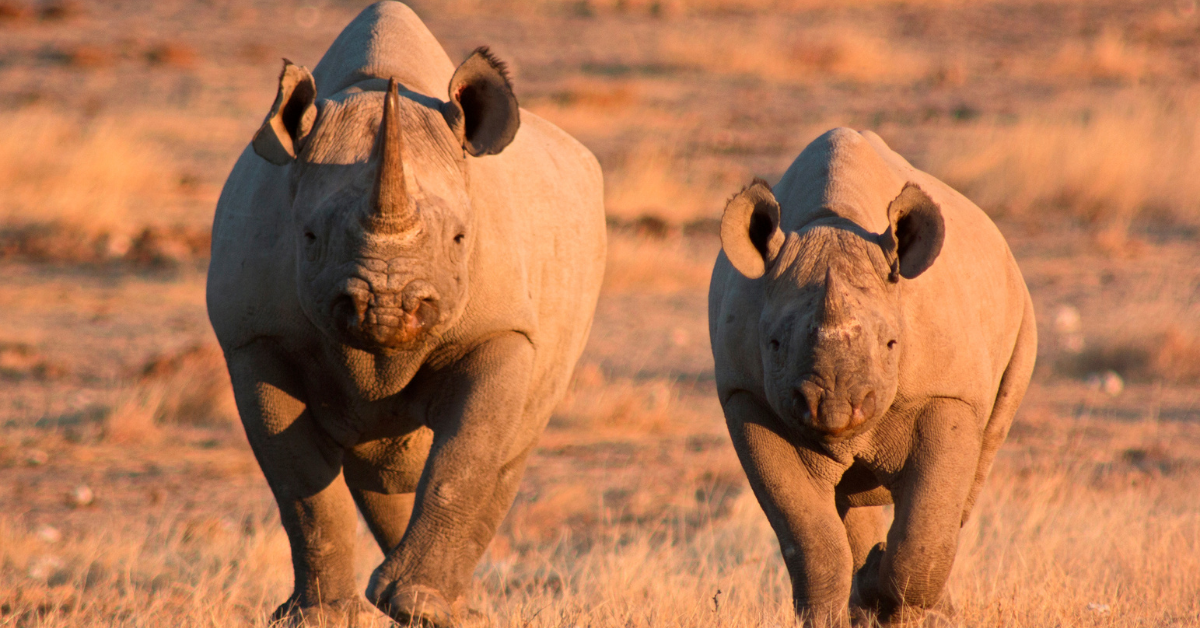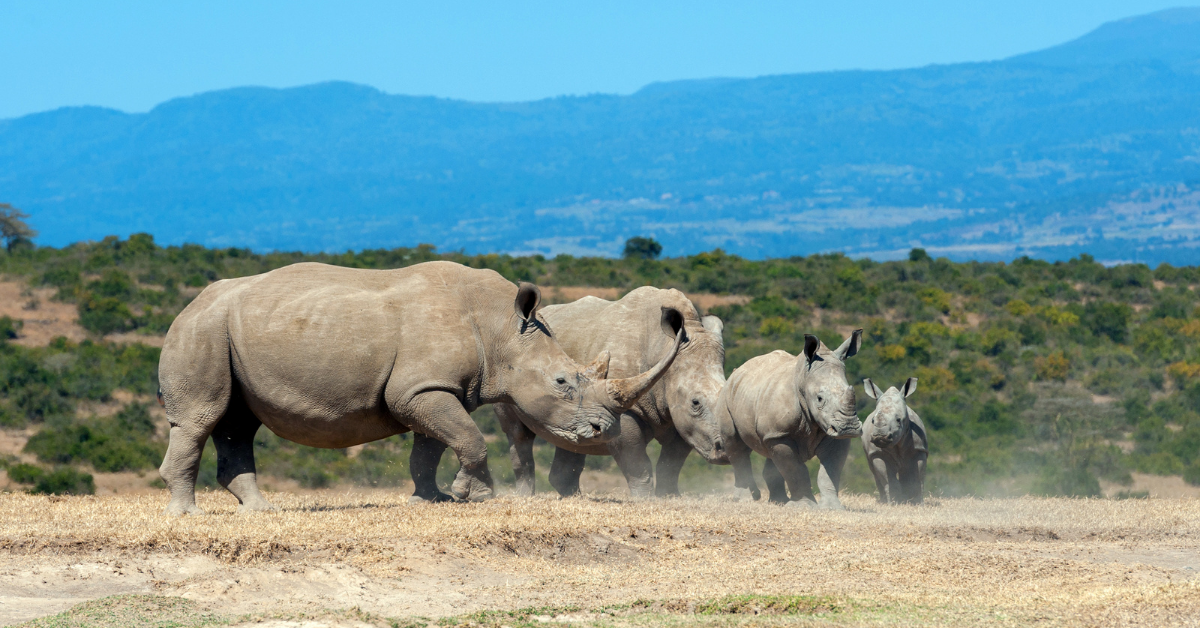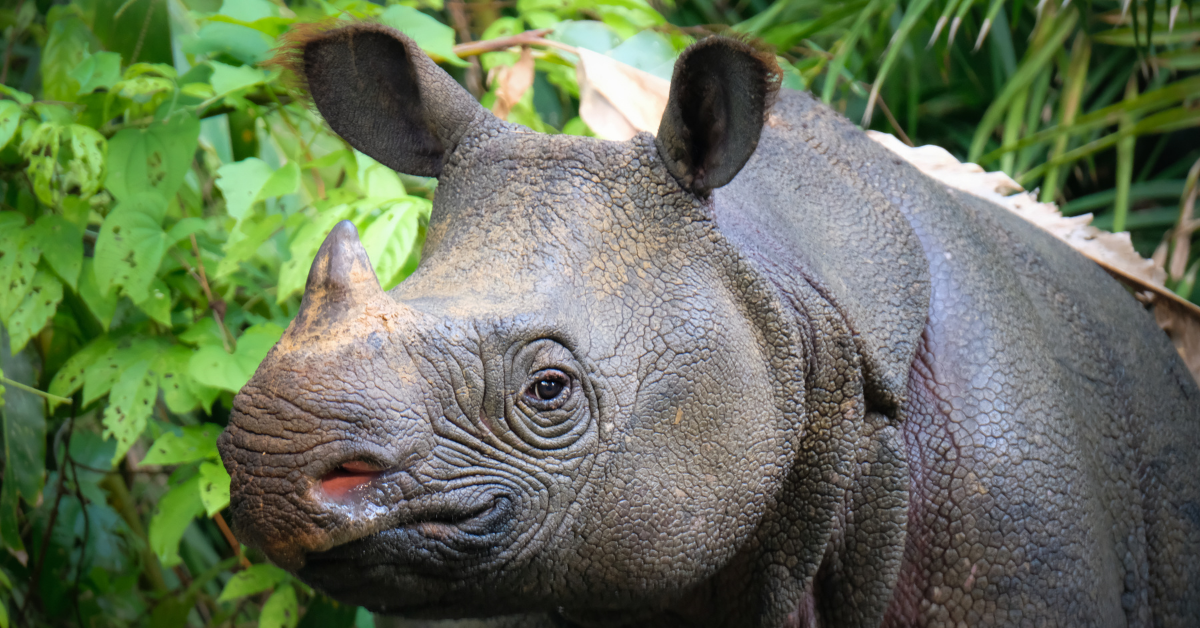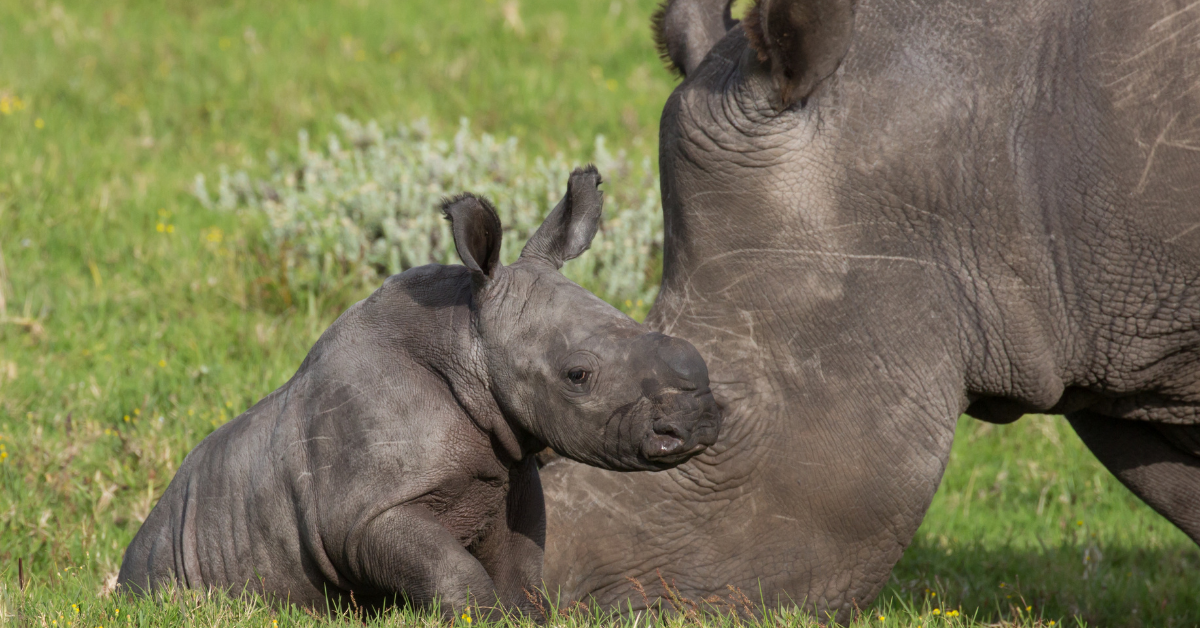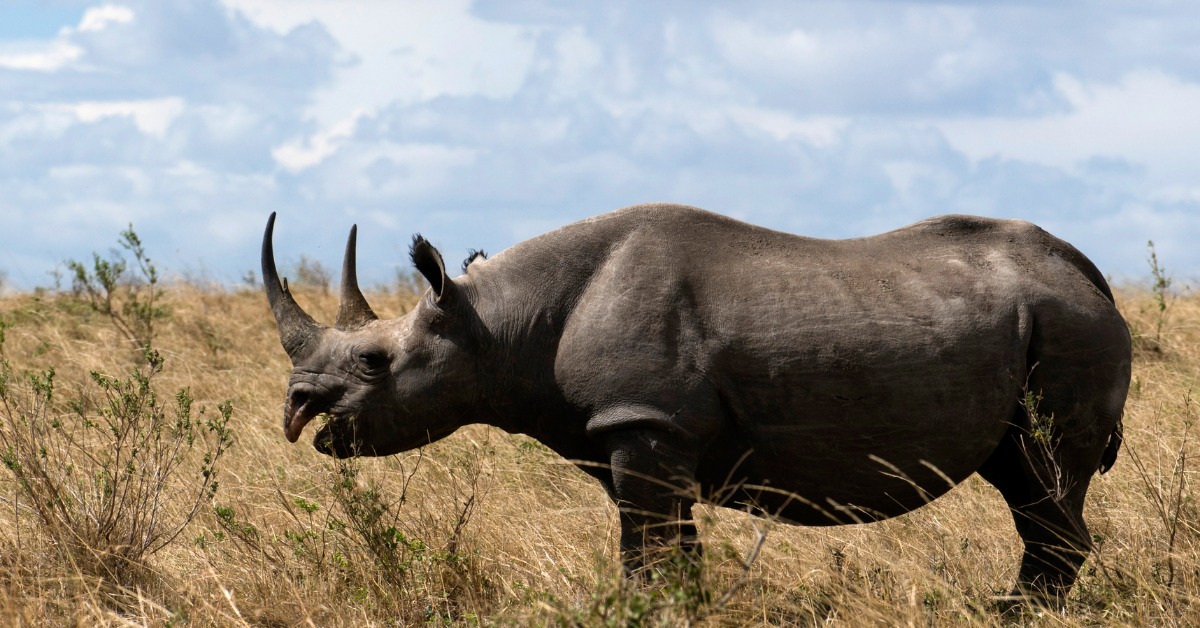
Rhinoceroses are large-bodied, pachydermatous animals, endowed with one or two nasal horns consisting of aggregations of keratin fibers. The skin consists of a heavily keratinized and pigmented epidermis (about 1 mm thick) and a dense dermis (about 18-20 mm thick) composed of pure collagen fibers. A covering of very sparse hairs is found in some individuals, especially when young.

